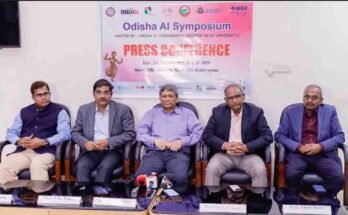New Delhi: Non-performing assets (NPA) of a bank weakens the monetary policy transmission and loan growth rate, said a recent working paper prepared by the staff members of the Reserve Bank of India (RBI).
The paper titled, ‘Bank Capital and Monetary Policy Transmission in India’ shows the requirement of bank capital regulation in India.
The study finds evidence on the existence of the bank capital channel of monetary policy transmission for India. It said that that there is a positive association between bank equity and credit growth.
“This finding calls for the need for countercyclical capital buffer for the Indian banks to protect their balance sheet against losses from changes in economic conditions during the recessionary phase,” it said. The paper mentioned that the views expressed are those of authors and not that of RBI.
The study revealed that banks with higher Capital-to-Risk (Weighted) Assets Ratio (CRAR) face a lower cost of funds. The pro-cyclical nature of leverage shows that banks lend during economic boom by raising debt funds — through deposits, borrowings — rather than using their excess capital.
“Higher CRAR unlocks the bank lending channel and helps in smooth transmission of monetary policy. However, the magnitude of transmission of monetary policy was found to be weak for banks with CRAR higher than a certain threshold level,” it added.
It noted that low level of CRAR not only hampers bank health but also restricts smooth transmission of monetary policy.
Injection of capital by the Government of India in public sector banks is likely to increase the credit flow to the real sector and help in smoother transmission of monetary policy, it added.




